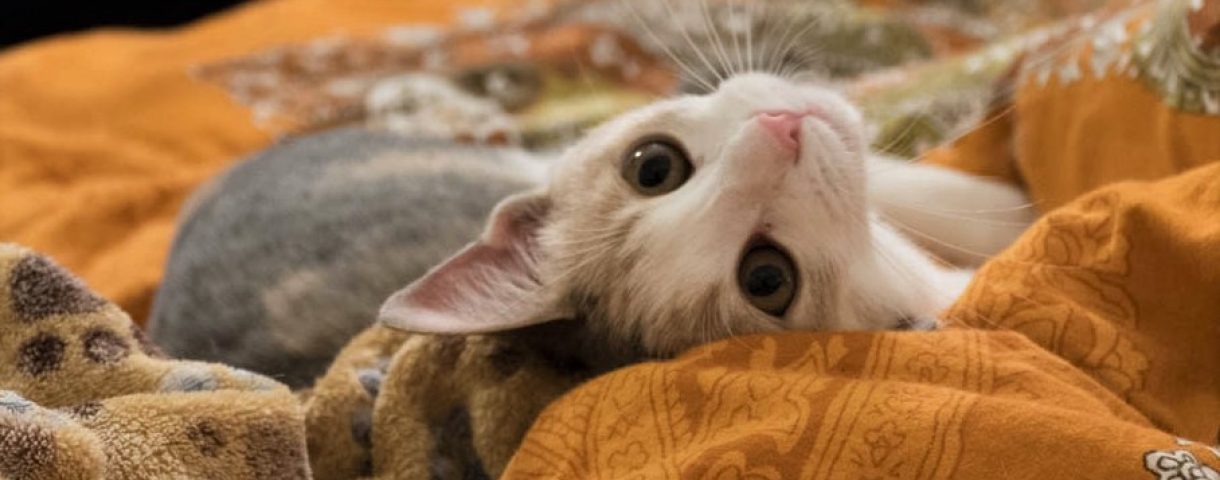Very true, it’s no laughing matter to have cancer. However, I think that humour can be found in almost any situation, yes, even cancer. Laughter, by the way, isn’t just a way to relieve stress and make you feel good. I recently discovered that it can increase the activity of our natural killer cells. When we laugh, we apparently are raising our immunoglobulin levels. According to a Mayo Clinic article, laughter has both short-term and long-term benefits. Short-term effects: it can stimulate our organs and activate our stress response. The long-term effects are even more significant: laughter can boost our immune system and relieve pain: http://tinyurl.com/ytxz4w In fact, concerning pain, I used my quirky sense of humour while a nervous intern with trembling hands was performing a bone marrow biopsy on me in 2005. In the middle of this not-very-hilarious procedure, I started thinking about writing a funny story about it, and that got me through the pain.
An article titled Laughter is the best medicine (which I was unfortunately not able to read online but was quoted at http://tinyurl.com/2vfg2z) provides a detailed description of what laughter does to our immune system: the initiation of the spontaneous blastogenesis of lymphocytes, increased numbers and activity of natural killer cells, and increased numbers of cytotoxic and helper T cells, as well as B cells. Natural killer cells are lymphocytes that engage in cytolytic activity against tumor cells, and B and T cells are essential to the immune response. Studies have shown that levels of salivary IgA, an antibody that helps fight upper respiratory disease, were elevated after the subjects had watched a humorous film. Humor and laughter also raise levels of the antibodies IgM and IgG, and of complement C3, all of which enhance the inflammation, chemotaxis, and lysis of target cells. Laughter increases levels of interferon gamma, which inhibits virus replication, promotes antigen processing, and activates macrophages. Thus, an immune system that has been weakened by disease and its treatment, and burdened with adverse emotions, may be somewhat renewed in laughter. (from Patillo and Itano, 2001) This is confirmed by the results of a study carried out at the Indiana State University Sycamore Nursing Center, where 33 healthy women were put into two groups. The treatment group watched a funny video, the control group a tourism video. The blood of both groups was tested before and after the viewings. The funny video women had much higher levels of natural killer cell levels compared to the tourist video women: http://tinyurl.com/2jdey3
A friend recently posted a USA Today article on the MMA listserv (a great resource for us MMers, by the way, so please join, if you haven’t already. See the link on this page), concerning sense of humour and its healthful effects. According to Dr. Svebak’s study, cancer patients who had a great sense of humour were 70% more likely to survive compared to those who had a poor sense of humour, and this had nothing to do with their cancer prognosis: http://tinyurl.com/yquwha That’s a HUGE percentage. Of course, a lot depends on what type of cancer you have, what stage you are in, etc.
On the IMF website, I read the story of a prostate cancer patient, a comedian, and his experience with laughter and cancer. What he wrote exemplifies how I feel about MM. It’s a good, well-written account, so I encourage you to read it at: http://tinyurl.com/24lecv An excerpt: In assessing all the ways I could’ve responded to my diagnosis, surgeries and chemo – laughter was the only one that made sense. I could have raged. I could have kept to myself. I could have felt cheated and abused by life. I could have felt everything from depression to cynicism. But laughter was the only response that, as I used it, helped me grow. Plus there was a byproduct to sharing laughter. While loosening up my body, easing the fears of others and building communication, it provided the most needful tool for fighting any trial in life – a positive attitude. The other reactions; anger, depression, suppression, denial, took a little piece of me with them. Each made me feel just a little less human. Laughter made me more open to ideas, more inviting to others, and even a little stronger inside. It proved to me that, even as my body was devastated and my spirit challenged, I was still a vital human. Indeed! And let’s not forget Art Buchwald and Norman Cousins, who, in spite of very poor prognoses, lived longer than expected thanks to you guessed it laughter.
Laughter won’t cure MM, of course, but it can provide us with another healing tool. My feeling is that we should attack MM on as many fronts as possible, and besides, WHO doesn’t love a good laugh?
This provides the reasoning behind the creation of a Humour Page. So, if you have anything funny to send to me, please do so, and I will add it to my blog. For starters, have a look at this hilarious (I think) YouTube video, titled Medieval Help Desk : http://tinyurl.com/2khqns Cat lovers, please check out Nora, the piano-playing cat, on YouTube. And don’t forget to follow The Adventures of Cancer Girl (see link). And remember: a laugh a day may keep MM at bay!
